Launched on August 9, 2019, Kartavya Sadhana digital platform recently celebrated its first birthday. We set out with a target of posting at least one special every day. That meant five uploads in Marathi and one in English every week, apart from an audio-visual exclusive. We were spot on with our Marathi and English textual content. On the audio-visual front, we mostly kept pace for the first eight months. However, during the four months of Corona lockdown, we did not produce new audio-visual content.
We had also decided that we would post content in the socio-political and cultural domains -- content that is views- and analysis-based rather than news-based. Most of our writing in the first year conformed to that objective. But we admit hot-breaking topics were fewer in proportion. We were a new team, working in a new medium, and yet firmly rooted in journalistic ethics: And therefore a little loss of velocity was but expected.
We have remained mindful of the double-edged sword that is digital media. Insistence on quality of content, improvements on the technical side of the digital platform, and decency in presentation have formed our three-point program during this year. This was a front where we were able to do well while keeping an eye on our strengths and limitations and without succumbing to cliched notions (of the "digital market"). We were fortunate to have never been tempted to compromise on the above. Better consistency in the time of publication and better promotion and publicity for our platform were aspects where we would have liked to work harder.
At the outset, we made a rule against re-using content from weekly Sadhana on Kartavya platform and vice versa. We made an exception for four or five pieces from the Sadhana archives... due to some special significance. We nevertheless adopted a policy of translating and re-using noteworthy pieces from Sadhana to Kartavya, and vice versa. This was for the benefit of readers of both media. At the end of the year, it is our conclusion that the editorial autonomy of the two platforms has proved symbiotic.
If you asked what is the difference between weekly Sadhana and Kartavya... the answer would be "Not an awful lot". The presence of Engish language content and audio-visual content on Kartavya is one visible difference that one could list. The ability to quickly address a new development (that cannot be addressed in the weekly cadence of Sadhana) also sets Kartavya apart. But where topic selection, content, quality, and editorial stand are concerned, there is no distinction. Having said that, in the coming year, Kartavya should be able to distinguish itself by exploiting the strengths of the digital medium further.
We must also emphasize here that our experience has been quite contrary to existing notions about what content and form for digital platforms ought to be. For example, there is a belief that articles longer than 1,000 words are seldom read in the digital medium. More than half of our posts are between 1,200 and 3,000 words in length, and they have often been the best-read. The second myth is that serious, analytical and conceptual writings find fewer readers. But the highest hits have been attracted by long features by historian Ramchandra Guha, political analyst Suhas Palshikar, apart from the editorials and editor's byline features. Other features have also attracted similar hits. We concede that a large part of Kartavya's readership in the first year would have been Sadhana's readers too. But our experience confirms that serious and analytical writing is equally well-received on digital platforms.
Special importance is usually attached to the presentation of content on digital platforms - meaning it needs more catchy pictures and headlines. On both these fronts, we resisted any temptation to deviate from the context and content just to make these attractive, and instead chose a very moderate style of presentation. We have also steered clear of commissioning and authoring articles in haste to keep up "breaking news". While these choices have on very few occasions disappointed readers or drawn unfavourable feedback, we have had the satisfaction of committing very few if any editorial errors. We do agree though that highly quality-conscious, topical content can and should also be speedily produced.
Digital media are blessed with tools such as Google Analytics, that can give you a variety of data analysis at a click of a button. But accepting its results blindly could be misleading. Each masthead must apply its own customised set of parameters, analyses, and conclusions. For example, Kartavya has notched up 80,000 unique readers but if you set aside readers who have visited the platform only a few times, the number would become much smaller. On the brighter side, if you looked at the time our readers spend on each article, the number would be very healthy (and indicate better reader engagement). We are aware there are a lot of untapped readers out there who are interested in the kind of content that we produce. We have failed to satisfactorily reach out to them.
There are many such points to be made but on this first birthday, we are reminded of the founder of modern Marathi journalism Balshashtri Jambhekar (1812-1846). He was just 20 when he launched the first modern Marathi periodical - weekly Darpan (The Mirror). At 25, he launched monthly Digdarshan (The Direction). He lived for 34 short years but the two words that he chose as titles for his publication, define the core values of journalism in any era. We are confident that if we keep that core in mind, and work within the fundamental principles of journalism, a wide readership doubtlessly awaits us on the other side. This is borne out by the fact that Kartavya's best-received feature till date - in terms of narrative, analysis, and conclusions - is 'Rahul, Rajiv must admit their mistake'. The feature exhorts journalists to stick with the fundamental principles of journalism.
Against the Coronavirus backdrop, we have refrained from organizing a public celebration to mark the first anniversary of our digital platform. Instead, we have put together for our readers, a feast of in-depth interviews with three superlative editors of our times. The interview series is scheduled to run on Kartavya, between August 9 and 15.
The series includes a three-part interview with N.Ram of The Hindu, that essays the paths choses by that iconic masthead. Second in the series is a two-part interview with Shekhar Gupta of the Print digital platform, who formerly and famously also edited two formidably popular publications - India Today and the Indian Express. Gupta will speak about his work at all three publications. Third in the series is an interview with Naresh Fernandes of Scroll.in, in which he speaks of the success of that pioneering digital portal. The three editors represent three generations and three sometimes diverse viewpoints. But they share a common commitment to core value-based journalism. (Marath translations of these key interviews go into print with the Independence day edition of weekly Sadhana, on August 15, 2020).
- Editor
editor@kartavyasadhana.in
(Published as an editorial on Kartavya Sadhana digital platform. Translated by Sanjay Pendse)

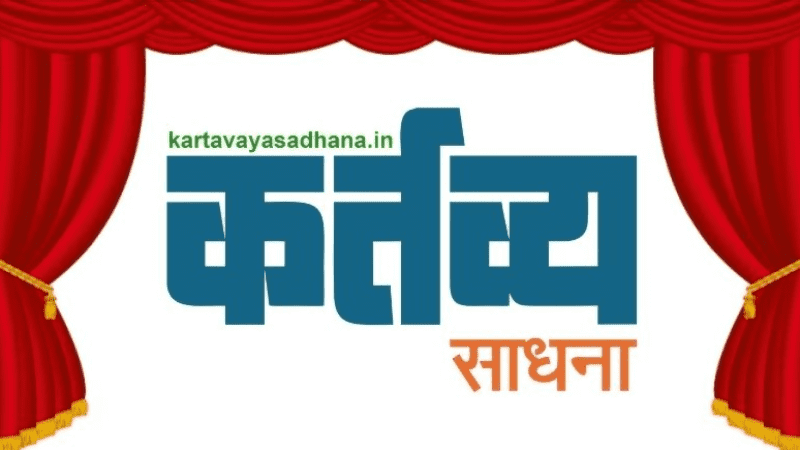

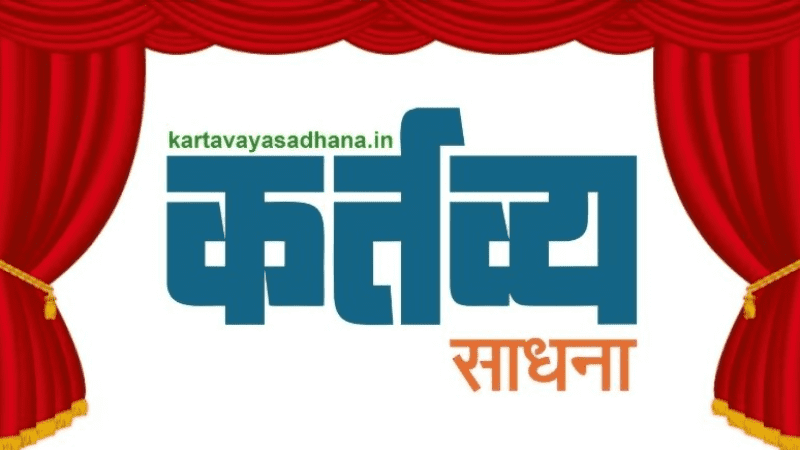

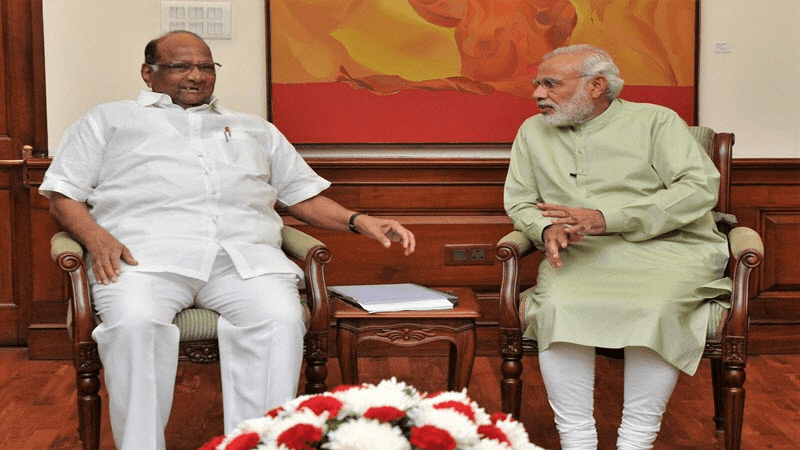
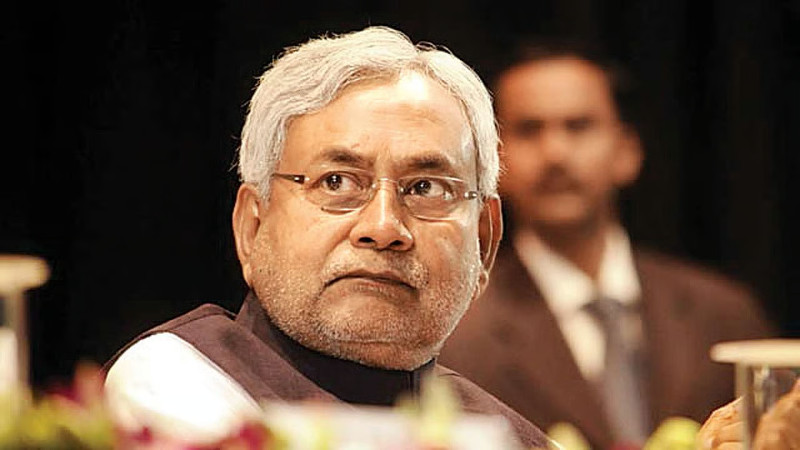


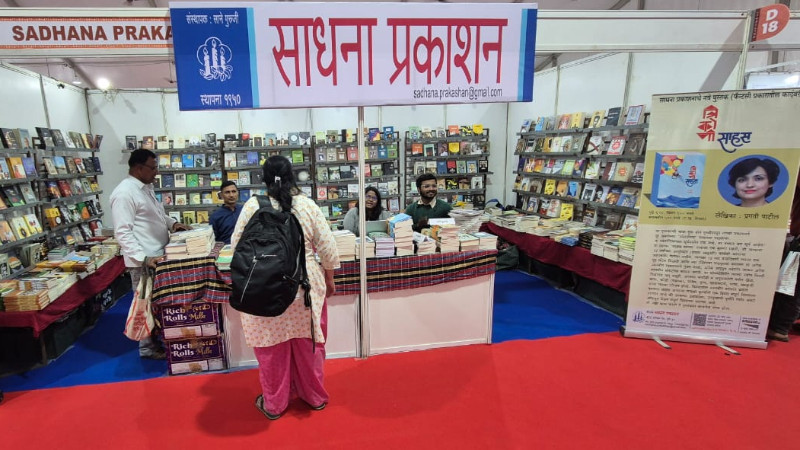
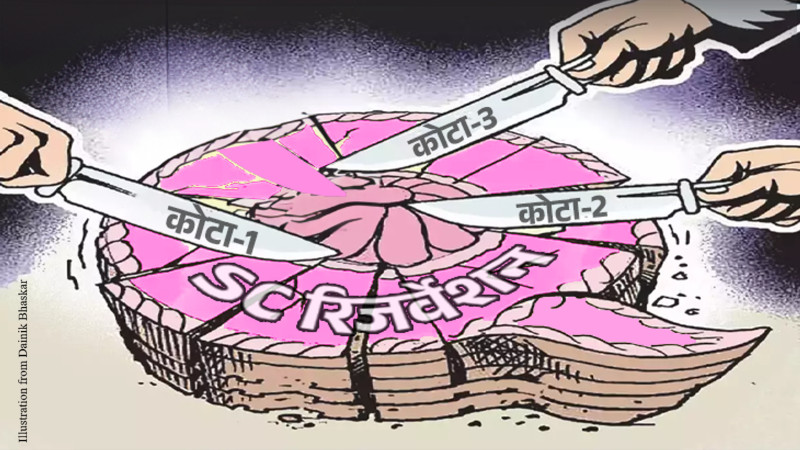
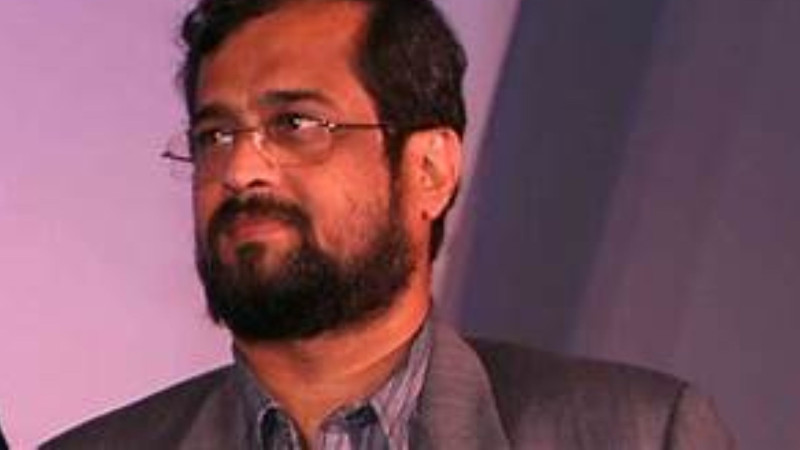

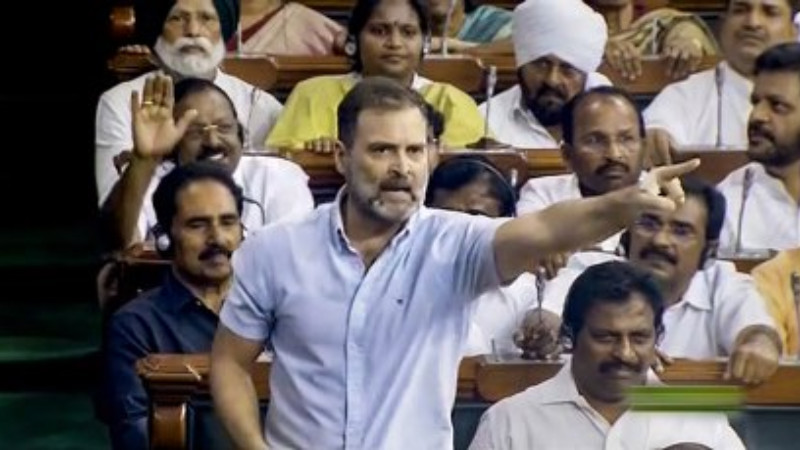

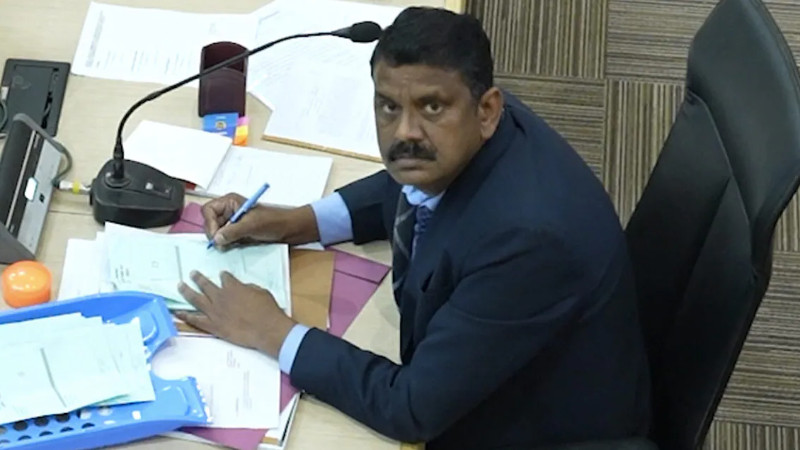
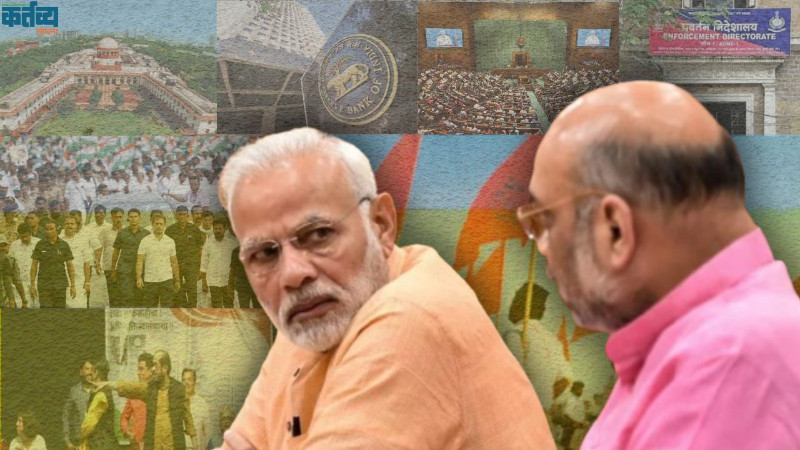
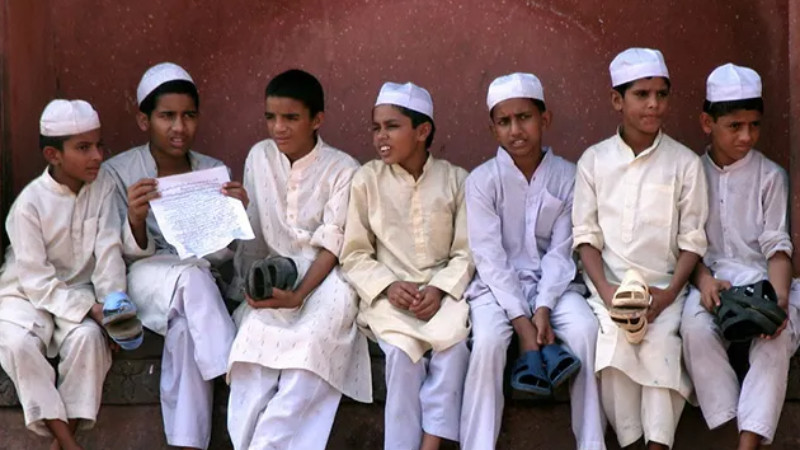
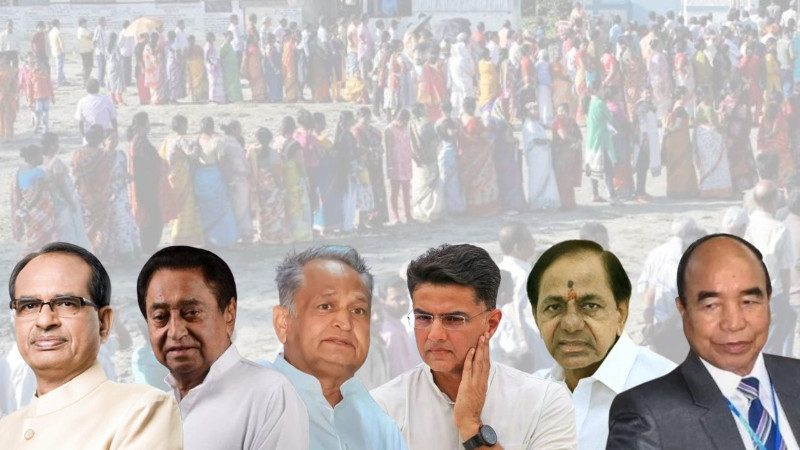
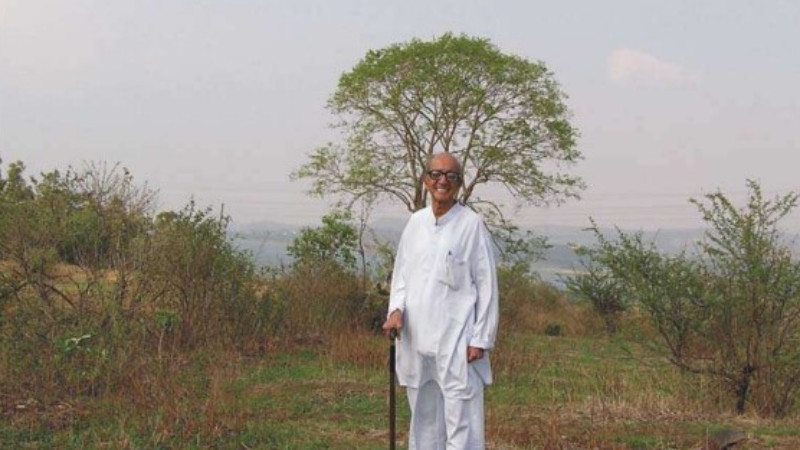
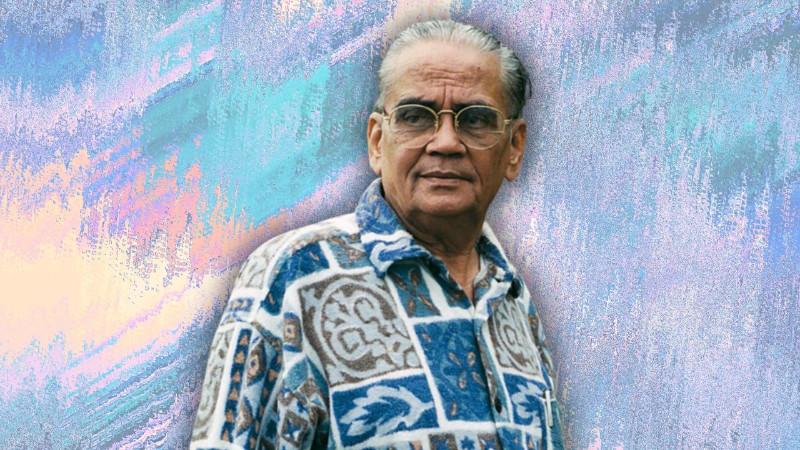
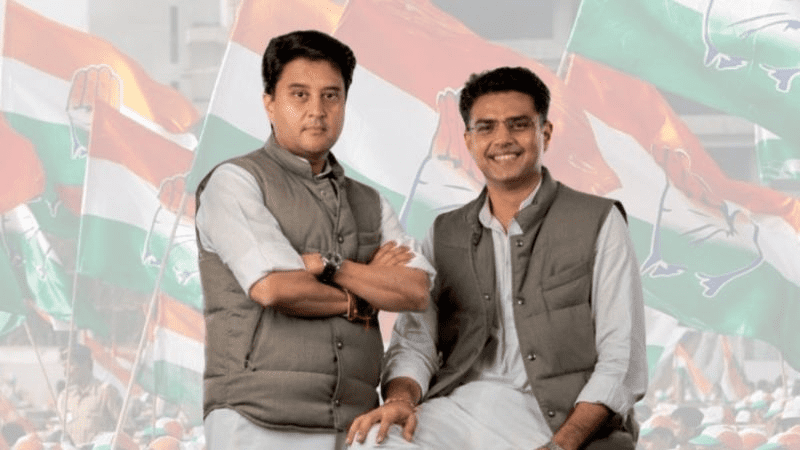
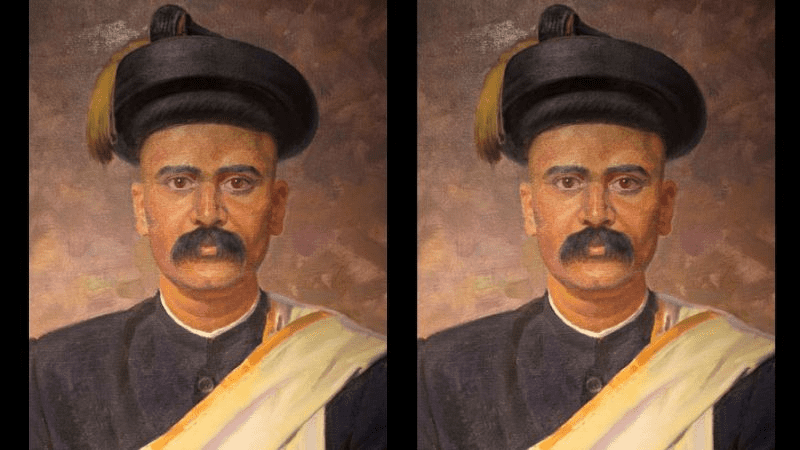

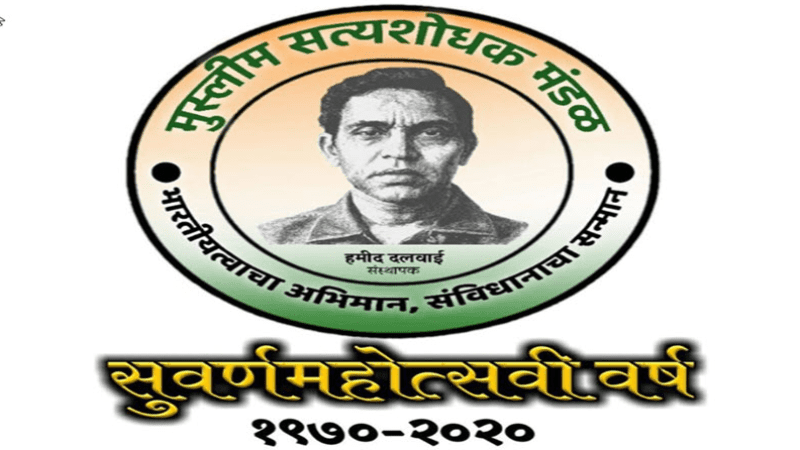
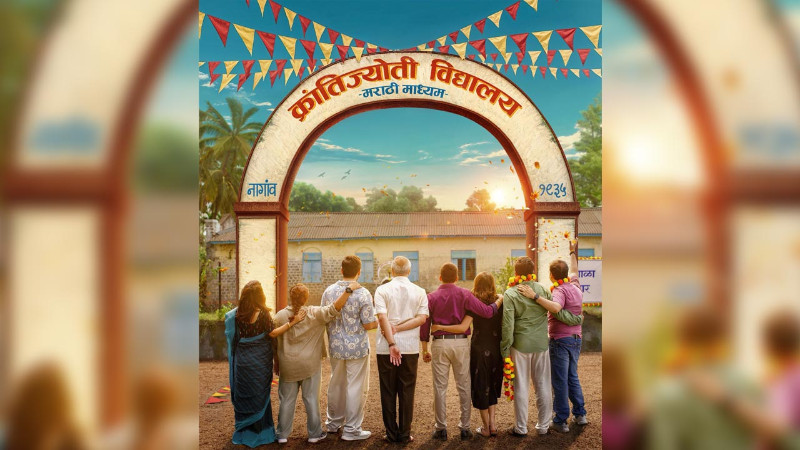
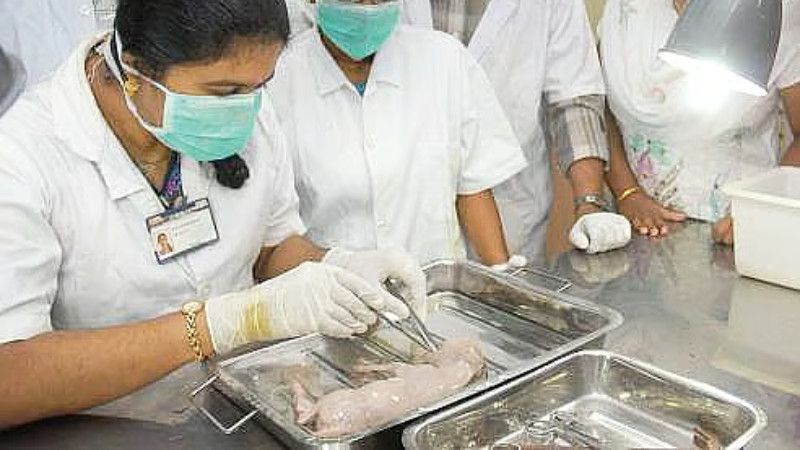
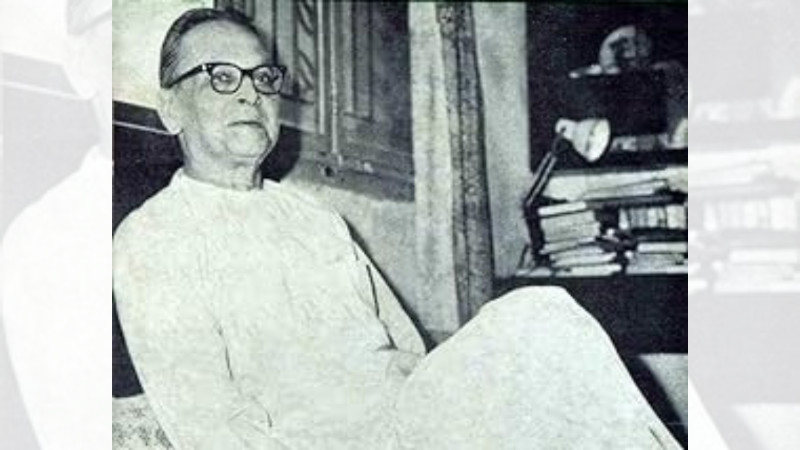
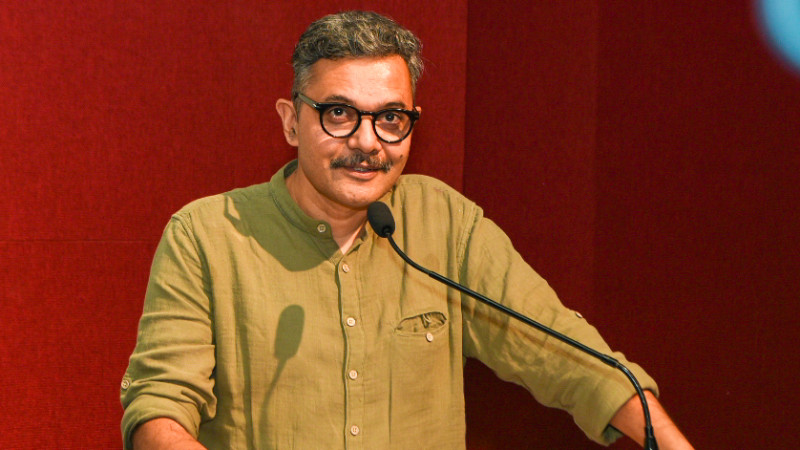
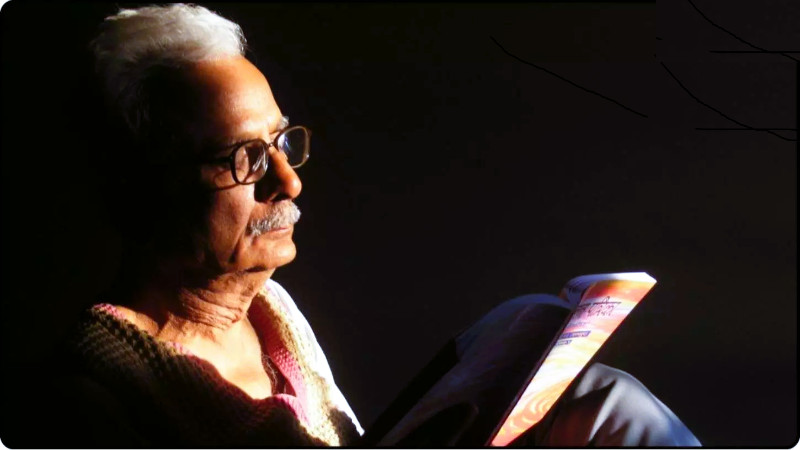
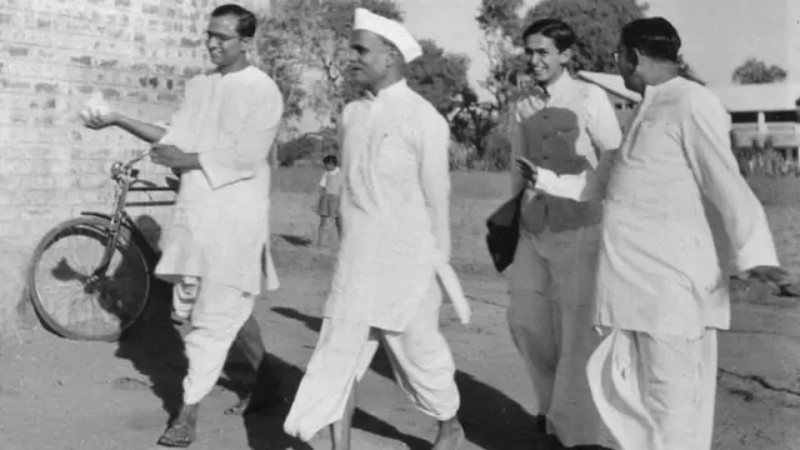
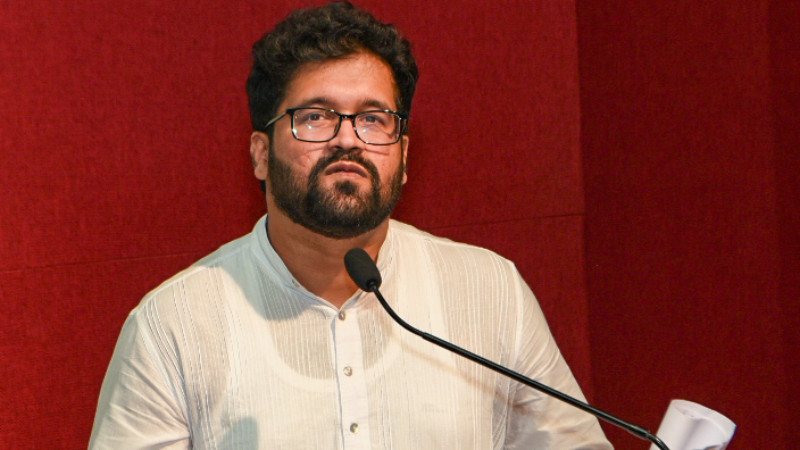
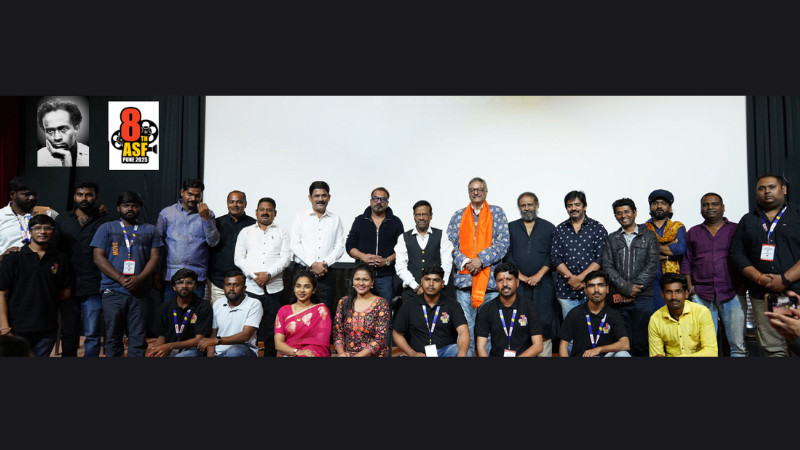

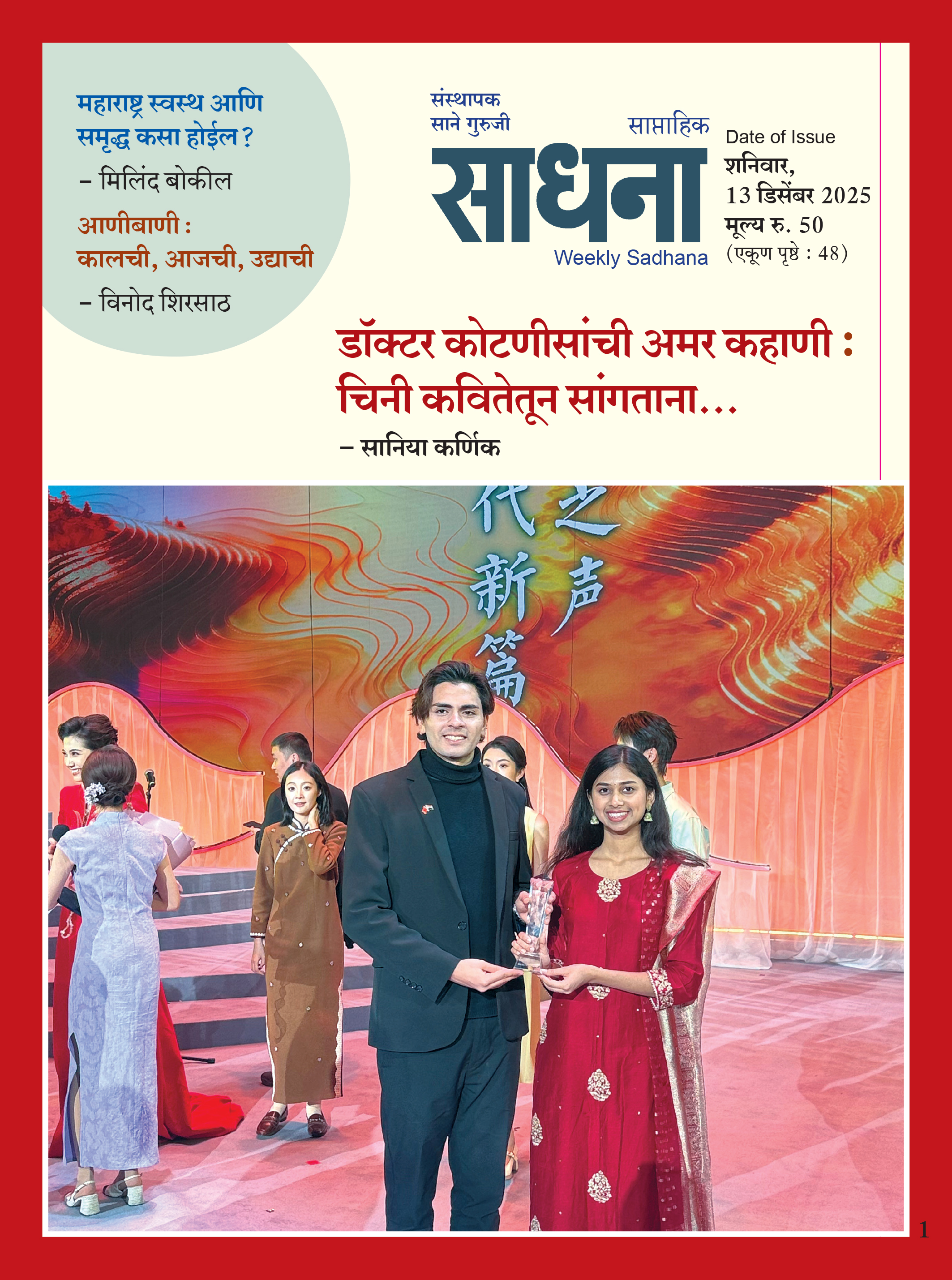













Add Comment